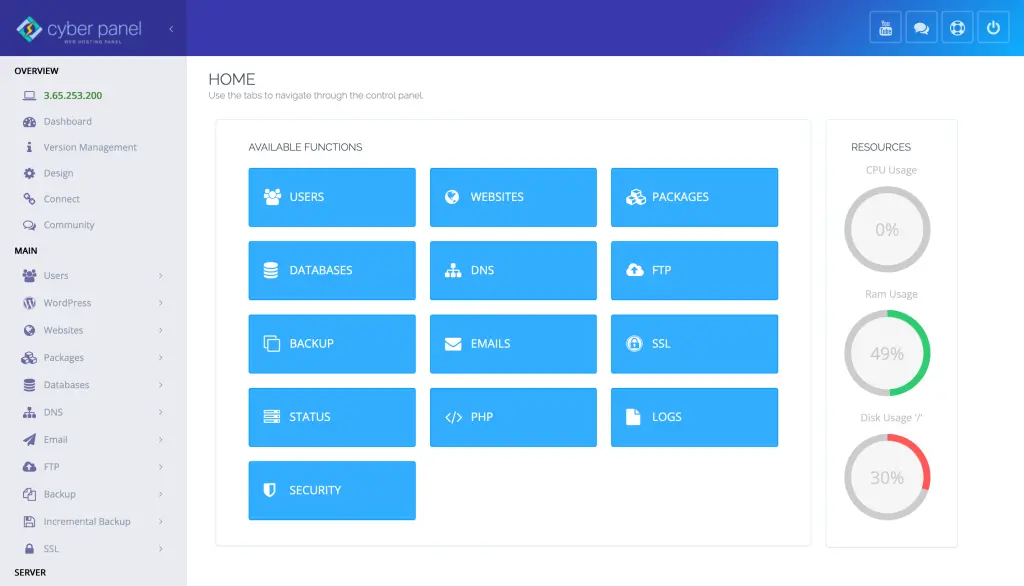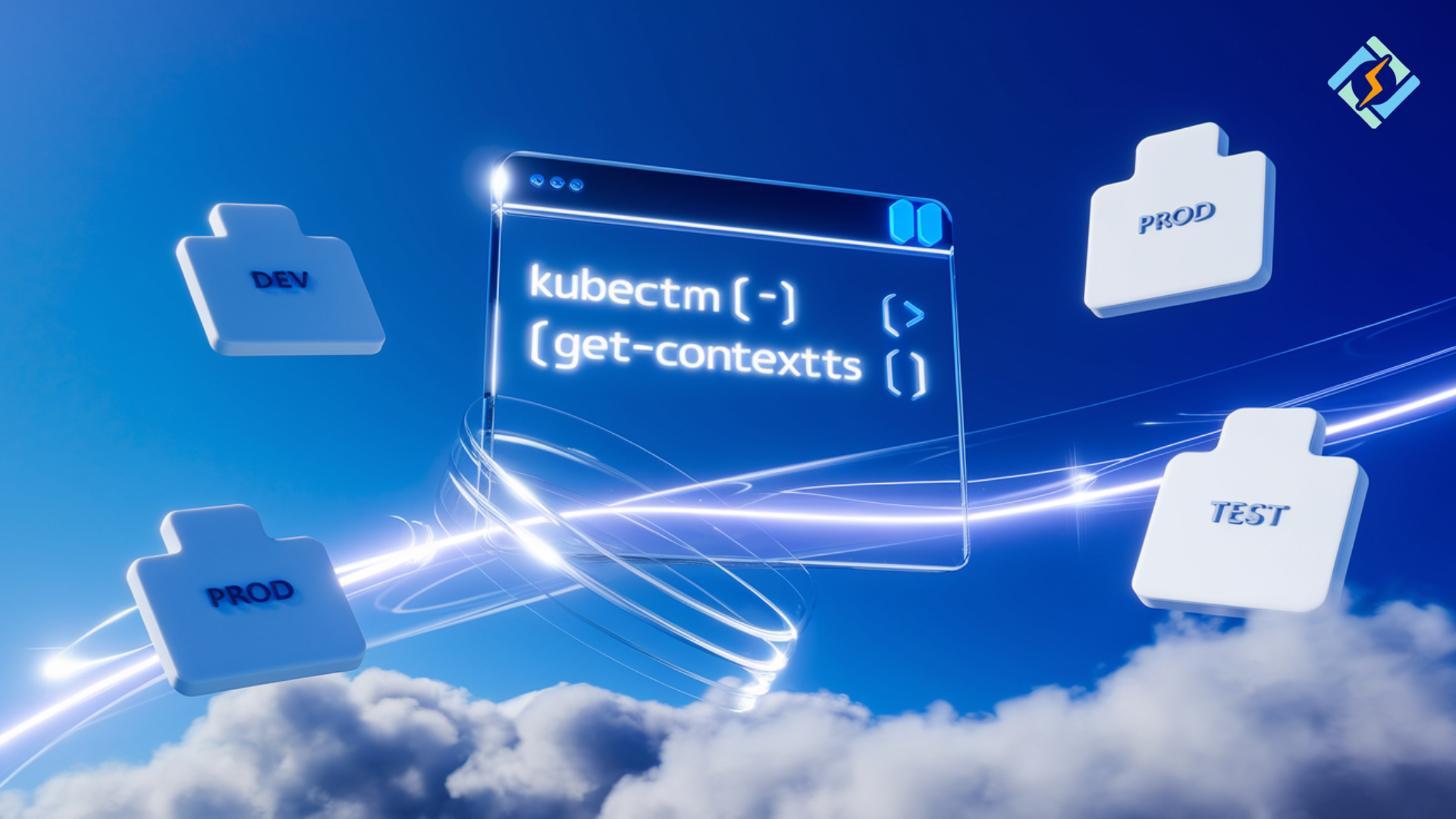For those of you engaging with Kubernetes, changing from one cluster to another is something that you do quite often in a day. And this is precisely where the kubectl get context command comes in handy. It helps you access all your configured Kubernetes contexts in an efficient manner. But what does it do, and how can it help you do your tasks more efficiently?
In this tutorial, we will explain kubectl get context and its commands: kubectl get contexts, kubectl get current context, kubectl config get-contexts, and kubectl get all contexts. You will learn how to view, change, and manage your contexts and help you become more productive. Let’s simplify Kubernetes management.
What is kubectl get context?
You can use kubectl get context to find out what Kubernetes contexts you have configured on your computer. Context is a representation of a cluster along with a user and a namespace.
You can use this command to get a list of contexts that you can change from, to make it easier to manage and use multiple clusters or even environments.
What Is the Purpose of kubectl get contexts?
The command kubectl get contexts (put more simply as kubectl config get-contexts) outputs a table containing all the contexts in your set kubeconfig file. It reveals information about the following details:
- Current context
- Cluster name
- Auth information
- Namespace
How to use the get context kubectl?
If you want to see all available contexts, type into the console:
Get exclusive access to all things tech-savvy, and be the first to receive
the latest updates directly in your inbox.
kubectl config get-contextsThis is the same as saying “get all contexts kubectl” because it shows every context in your kubeconfig file.
In case you want just the context the user is working with, type:
kubectl config current-contextkubectl get current context: Where to View the Active Context?
Executing the command “kubectl get current context” allows you to quickly determine which context is active, which simplifies environment management.
To get the context, just type:
kubectl config current-context This retrieves the name of the active context, which ensures that you are aware of the environment in which the commands will be executed.
What is displayed with kubectl config get-contexts?
The following information can be obtained by using the command `kubectl config get-contexts`:
| CONTEXT NAME | CLUSTER | AUTH INFO | NAMESPACE |
| my-context | my-cluster | my-user | default |
This table allows you to easily understand the following:
- Which cluster corresponds to each context?
- Which user corresponds to each context and account?
- What is the default namespace for each context?
With this data, you can confidently and safely switch contexts without getting lost.
How Can I View All of The Defined Contexts in kubeconfig file?
If you would like to see all contexts, all you have to do is execute:
kubectl config get-contextsWith this command, you can list all contexts that you have configured, which means you will never lose track of the environments’ managerial access you have.

Best Practices Using kubectl get context
As with many other tasks in Kubernetes, switching contexts comes with its own risk. The following is a safe way to switch contexts:
Check your current context before making changes:
kubectl config current-contextList all contexts to see what’s available:
kubectl config get-contextsSwitch to a new context using:
kubectl config use-context my-contextFollowing these methods will enable you to prevent the undesired scenario where you accidentally end up running commands in another cluster.
Contribution of CyberPanel in Managing Kubernetes Contexts

CyberPanel serves as a web hosting control panel, simplifying the management of server environments. It isn’t a Kubernetes system per se, but CyberPanel can collaborate with Kubernetes in hybrid setups.
Here’s CyberPanel’s contribution:
- Automated environment setup: Use CyberPanel for managing your hosting servers and configurations.
- Streamlined deployments: Kubernetes manages microservices while CyberPanel takes care of traditional applications.
- Improved workflow management: Integrate the usability of CyberPanel and the customization power of Kubernetes into one complete solution.
CyberPanel’s Kubernetes integration enables the organization, management, and resilience of workloads.
FAQs
What does kubectl get context show?
It shows the active context name so you may confirm the cluster you are working on.
How do I find the current Kubernetes context?
You run kubectl config current-context to check which context you are using.
What is the difference between kubectl get context and kubectl config get-contexts?
They are mostly the same. Actual command is kubectl config get-contexts. People tend to use shortened kubectl get context.
How do I switch contexts in Kubernetes?
You have to change the active context to another defined in your kubeconfig file by running kubectl config use-context my-context.
Can I view all Kubernetes contexts simultaneously?
Of Course! Simply type in kubectl config get-contexts, and every context that has been defined will be shown.
Master Your Kubernetes Workflows Today!
Ultimately, it is important to understand the Kubernetes context to work across multiple working environments. kubectl get context and other related commands help you boost productivity.
Are you ready to make your Kubernetes workflows smooth? Start using kubectl get context to take full control of your cloud-native environments!



